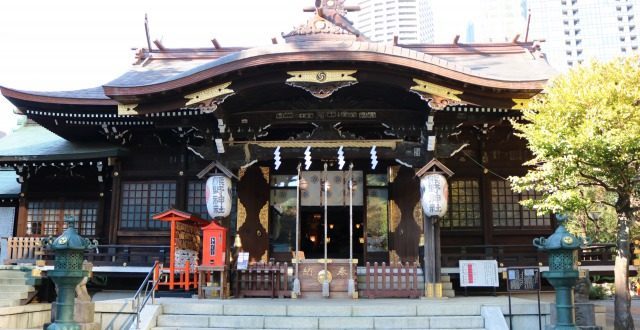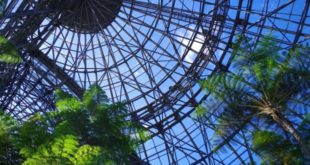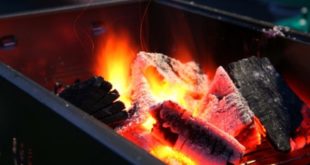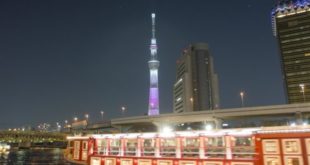Shinjuku is characterized by the large urban Tokyo scenery that is lined up by the office tower.The “Shinjuku Shrine” is located in the center of such a big city, surrounded by green greenery, where you can feel the good history and taste of Japan, “Shinjuku Shrine 12 Shrines.”
This article introduces the history of “Shinjuku Shrine of Shinjuku 12” and other cultural properties as well as the enjoyment of events.
Contents
Basic information of the 12 shrines in Shinjuku
What kind of historical history is there in the “Shinjuku Shrine” in the “Shinjuku 12 Shrines”?
I will introduce you to the shrine, the presence of parking lots, and the “Goshujirushi” which is the fire guide of the shrine boom.
Kumano-jinja Shrine is
The “Shinjuku Shrine” is located in Shinjuku Ward, Tokyo, and is a historic shrine that has been protecting this place for long periods of time as the Shinjuku Sochinju, located in Shinjuku Ward, Tokyo, and has been protecting it for a long time as the Shinjuku. 12.
Because it is adjacent to the Shinjuku Central Park, it is surrounded by greenery and is surrounded by greenery, so that it can be seen naturally, so it is a spot that can be touched naturally.
It is also known as a famous cherry blossom viewing spot in spring, and you can enjoy the four seasons of Japan.
The history of Kumano-jinja Shrine
It is said that “Shinjuku Shrine in Shinjuku” was founded in the Muromachi period in the Muromachi period, about 600 years ago, from the present Nakano Ward, with the name “Suzuki No. 9”, the name of “Suzuki Choro”, which was transferred from the Kumano Sanzan in Kii Province, which is located in Kii Province, the hometown of the Suzuki clan, by the “Nakano Choja” (the twelfth chief of the Edo period).
In the Edo period, there was a large waterfall on the grounds of the shrine, and there was a pond called a pond of 12 companies nearby, so it was famous for enjoying a natural scenery.There were many restaurants nearby, and it became lively as a Hanacho.
After that, the time has changed, but in the vicinity of Tokyo, where many high-rise buildings are lined up in the surrounding area, the Shinjuku shrines in Shinjuku have been supported by many people as the Shinjuku Sochinju, although it has been transformed into one of the most popular offices in Tokyo, which has been transformed into a Shinjuku. 12.
Access to Kumano Shrine and parking lots and the nearest station
Next, I will introduce you to the access method to the “Shinjuku Shrine of Shinjuku 12.”.
– The nearest bus stop from Shinjuku West Bus Terminal bus stop :’ Under 12 companies pond’ is the closest.
Approximately 5 minutes walk from Nishi-shinjuku-gochome Station and Tocho-mae Station on the Toei-Oedo Line.
Kumano Shrine’s Goshuinto
“Goshujirushi” is the most common purpose of people visiting the “Shinjuku Shrine of Shinjuku 12.”.
This is a Goshuinshi that was the trigger of the shrine boom and shrine tour, but there are many worshippers visiting the shrine looking for a seal in the Kumano Shrine in Shinjuku 12 companies.
The founder’s “Suzuki Shiro” is said to be a famous merchant, and he is said to have good fortune as a business prosperous, and he is also famous as a power spot for victory as he visited the Japan National Team of Women’s Soccer in Japan, “Japan National Soccer Team, Japan National Soccer Team” (Japan National soccer team), which is known as the ninth anniversary of its founding.
How to enjoy the 12 shrines in Shinjuku Shrine
As we can enjoy a natural environment in the middle of a large city, what kind of events are there in the Shinjuku 12 Shrines which are popular as a little walk course?
We will introduce them together with the fun way to enjoy the Kumano Shrine’s Kumano Shrine in the twelfth place.
Cultural Property
In the “Shinjuku Shrine of Shinjuku 12”, you can see some tangible cultural properties designated by Shinjuku Ward.
● Picture of 7 actors and actresses (tangible cultural property designated by Shinjuku Ward)
“The picture Ema of the 7 actors” was offered to the Kumano Shrine by 2 young Kabuki actors, “Azuma Tomigoro” and “Otani Tanji,” which were offered to Kumano Shrines at Kumano Shrine in Shinjuku, and it is still shown in the hall of worship at the present time, and it is still shown in the hall of worship in the 12 shrines in the. 1773.
At the time of Ema, the 7 kabuki actors who were very popular at the Ichimura-za Theater were depicted by the artist Ichihitsu 齋文, who was an ukiyo-e artist.
● Formula No. 3 votive frame (Tangible Cultural Property designated by Shinjuku Ward)
It is a votive frame with one of the traditional Japanese performing arts, “Shikino No. 3,” which is incorporated into Kabuki dance and Japanese dance, and it is placed in the main building of Kumano Shrine in Shinjuku 12 companies.
In the Ichimura-za, which is famous in Edo, the kabuki actor’ Hashizaemon’ was offered as a commemoration for the performance of’ Okina’ by the expression number 3.
● Water basin in Ota Nampo (Tangible Cultural Property designated by Shinjuku Ward)
It is said to have been dedicated to the Tai-jinja Shrine at the time of the dedication to the Kumano Shrine in 1820, and it is said to have been dedicated as a festival for the big shrine at that time, and it has been designated as a tangible cultural property designated by Shinjuku Ward at that time in the twelfth company.
In the front of the Mizubachi, there is a description of the words in the book written by a famous Kyokka,’ Ota Nampo,’ which was famous during the Edo period.
Wedding
In “Shinjuku Shrine of Shinjuku 12”, the wedding ceremony is popular among couples who want Japanese dress because they can hold a wedding ceremony.
This is a point that is supported by many people as it is a quiet expression that is surrounded by green trees while the access to the center of Tokyo Nishishinjuku is very good.
In spring, it is possible to shoot a beautiful wedding photo with a beautiful wedding photo, under the trees where cherry blossoms bloom in full bloom, and autumn leaves in autumn.
Also, it is said that the wedding ceremony can be performed at a relatively reasonable price compared to the wedding ceremony held at a regular ceremonial place, so that if a married couple is able to perform a small and calm wedding ceremony with only his family, the married couple who do the wedding ceremony itself are in a good match with the current age.
It is recommended for those who want to hold a quiet and calm wedding while touching a traditional Japanese culture.
7 5 3 · Omiya-mairi
If you have a small child with a little child, you can always visit the shrine.
When the baby is born after 1 months of birth, there are many occasions to pray for children’s growth, such as “Omiya-mairi,” which is the event to pray for the birth and future growth of the child, and “7 5 3,” which celebrates the growth of the children, and pray for the future growth.
In most cases, a large event of such a family is celebrated as a celebration of a grandparent’s collection, and in many cases, the “Shinjuku 12 Company Kumano Shrine” is prepared with a photo of a professional photographer with a photo of a professional photographer.
It is a plan to leave a picture of the state of a family who spends a lot of time in the shrine by a cameraman without having to make a reservation for a studio separately from visiting a studio.
September’s large festival
In “Shinjuku Shrine, Kumano shrine,” a large festival, in which the whole Shinjuku is around the whole of Shinjuku once a year, is held in September at the twelfth.
The festival is divided into 3 days, “Yokyu” (night palace), “Taisai shiki” (grand festival ceremony), and “Miya mikoshi togyo carrying miniature shrines” (), and the famous talk show by the famous people is a great success, and it is a great event every year as the portable shrine parades around the streets of Shinjuku.
The Gion Shrine’s Kumano Shrine’s Kumano-jinja Shrine is loved as a place for the entire region, such as the portable shrine, as it is supported by the local Nishishinjuku shopping street, as well as the. 12.
Kumano Shrine Summary
Located in the middle of the large City Shinjuku, “Shinjuku Shrine” has been loved by locals for a long time, and has been loved by locals for the past 12 years.
In this way, you can experience the old good traditions, culture and various history of Japan.
As a guardian deity in Shinjuku, many people come to pray for the future, and through various events, the connection between the new people and the people is created.
I found that the Kumano Shrine in Shinjuku 12 branch was not in such a region, and it was a great and sacred place.
 toptrip
toptrip






